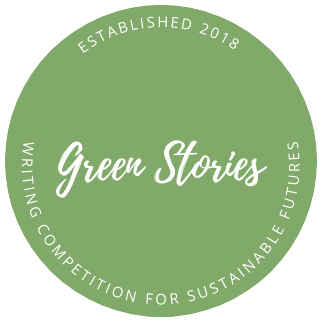This solution was proposed in several stories in our anthology such as The Caretaker, Mangrove Maj, The Envelope and Penang Fairhaven: A Visitor’s Guide. There are several seagrass/kelp replanting projects underway around the world, but they are struggling. Seagrass/kelp areas are often challenged by pollution, global warming or other combinations of problems.
Our experts have classified this solution as ‘low hanging fruit’ (relatively low cost/quick win).
How does this solution rate on:
| Climate impact: tonnes of carbon saved/removed | A slow and steady system. |
| Climate adaptation-resilience | Restores what has been lost, but it is vulnerable to further changes. |
| Social justice i.e. addresses inequalities, diversity, inclusion | May help local communities. |
| Cost of action needed to progress goal | Low. |
| Which location is the solution most needed/applicable | The most appropriate locations had or have sea grass and it needs to be restored. All and any areas where manatees and dugongs are present should be immediately gazetted and all other activities banned or very closely controlled. As climate changes, new locations may become viable. |
| Risk | Negative risk – any seagrass that goes in is a good thing. |
| Feasibility | Can be done today, but clearly some areas very challenged. |
Do your own research on the solution
Seagrass grows best in water between 1m and 5 m deep on sand or silt, but can grow deeper in very clear seas where sun can penetrate further. It’s not just about planting new seagrass, but also stopping the destruction of existing seagrass, which typically happens by pollution, dredging and recreation. For example, the UK has lost 90% of its seagrass. The main culprit tends to be pollution from industry and agriculture, especially phosphates and nitrates from farming and detergents. Conserving and restoring seagrass was estimated by the World Resources Institute to be one of the most effective ocean-based climate change solutions as it absorbs about 10% of the oceans’ carbon while occupying < .01% of the seafloor. Per hectare it absorbs greenhouses gases 35 times more effectively than tropical forest. More information can be found on the radio programme, 39 ways to save the planet.
Case study: Hurricanes and disease eradicated seagrass, and associated scallop fisheries from lagoons in Virginia. This was restored by sowing seagrass seeds over a limited area which then spread via natural dispersal, restoring seagrass cover, enabling the return of fish and scallops, cleaner water, and carbon capture.
kelp/seaweed similarly capture carbon dioxide, locking up an estimated 64 million tonnes every year in the ocean (>1% of annula human-made emissions). More information can be found on the radio programme, 39 ways to save the planet.
Case study: GreenWave based in New England farm kelp alongside shellfish and specialize in finding new markets for seaweed in supplements, animal feed, fertilizer and food. As well as capturing carbon, kelp forests provide a habitat for marine life. The environmental benefits of such projects are especially obvious where seaweed farms can be situated between windfarms where trawling is banned and the service infrastructure already exists.
Interested in progressing this solution further?
| Actions for policymakers | All and any areas where manatees and dugongs are present should be immediately gazetted and all other activities banned or very closely controlled. Ban trawling and inshore activities that damage seagrass. Fine operations which release excess nutrients that cause dead zones. Regulation for industry, farmers and water companies to prevent water pollution. Have national programmes to restore seagrass. |
| Actions for funding bodies | Provide full funding for dozens of projects in multiple locations around the world. |
| Actions for business | Sponsor large areas of seagrass and encourage the involvement of staff with the programmes. |
| Actions for public | Avoid all forms of seafood that are harvested by trawling, one of the most damaging forms of fishing. Find your government representative or Member of Parliament and email them, whether you are in Australia; Canada; UK; USA or elsewhere. Social media campaigns & lobbying of governments. Join campaigns such as about Surfers Against Sewage | Environmental charity tackling plastic pollution (sas.org.uk). |
